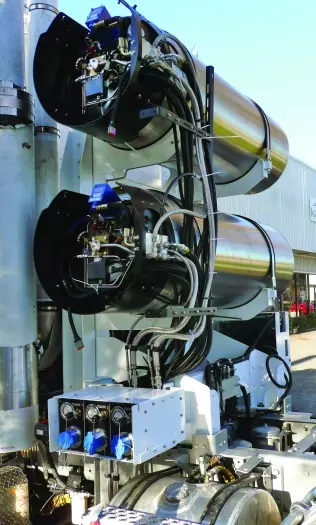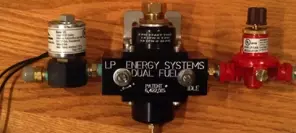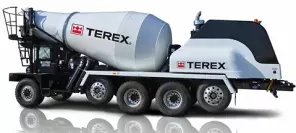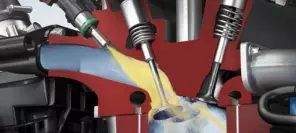- Main page
- Search
- Up to date
- Products
- Technology
- Vehicles
- Video
- Conversion Payback Simulator
Port Injection - Conversion Payback Simulator
Direct Injection - Conversion Payback Simulator
Diesel - Newsletter
HPDI 2.0 - new diesel-gas system by Westport
 loading results...
loading results...Westport HPDI 2.0 system is characterized by:
- optimized combustion process that translates into higher efficiency and lower fuel consumption. This ensures that the investment pays off faster compared to the first generation HPDI system. The efficiency of an engine equipped with HPDI 2.0 stands at about 44% (gas-powered spark ignition engines reach efficiency of about 37%), which gives us a 15-20% reduction in fuel consumption compared to SI engines,
- the use of a bi-functional injection system (dosing gas and diesel) known from the first generation. This electrohydraulic system has a unique design with two concentric spires. It is designed to adapt many new engines with a displacement of 10 to 100 liters (with power exceeding 50 kW per cylinder),
- the use of redesigned electronic control system that allows full integration with engine and drive control systems,
- the use of improved and less expensive components, which results from a reorganized supply chain that allows to reduce production costs. With some components, their costs were reduced even by about 60%,
- maintaining the same breaking intensity as in the case of classic diesel engines, due to keeping the same (high) compression ratio. This is crucial in many cases,
- full compliance with power units used in modern control systems. Injecting fuel directly to each cylinder ensures that an engine with the HPDI 2.0 system has the same reaction speed and the ability to reach high torque as in diesel engines,
- reduction of exhaust gas emission which allows to meet stringent Euro 6 and EPA 2014 emission standards. HPDI 2.0 is the only technology of natural gas supply that allows to control the content of methane in a cylinder. It helps to avoid costly after-treatment. An additional benefit is a much lower greenhouse gas emission compared to traditional gas or diesel engines,
- ensuring compliance with applicable North American safety standards (Federal Motor Vehicle Safety Standards – FMVSS, National Fire Protection Association – NFPA, and Society of Automotive Engineers – SAE) and their European counterparts (UN ECE Regulations 110),
- lower heat emission compared to spark-ignition engines. Engines equipped with Westport HPDI 2.0 supply system have similar temperature as diesel engines,
Good to know
Since being commercially available (2010), first generation HPDI systems have been delivered to over 1200 Peterbilt and Kenworth cars. The system’s new generation is characterized by high compatibility with the previous one (some components are identical).
- the ability to store natural gas in liquefied form (LNG) in tanks with capacities ranging from 70 to 150 gallons,
- the use of a new, hydraulically driven cryogenic fuel pump. HPDI 2.0’s fuel system is adapted to deliver liquid gas to engines in trucks with power up to 600 hp (in the case of stationary engines even up to 4500 hp),
- the possibility of using natural gas in compressed form (CNG) if a user prefers this way of storing gaseous fuel.
Westport HPDI 2.0 offers an attractive combination of diesel engine’s features (power, torque, low fuel consumption, high capacity of engine breaking), making it ideal for almost all types of commercial use in cargo transport.
Westport HPDI 2.0 is currently being developed. Many global car and engine manufacturers take part in these works. The company anticipates that first HPDI 2.0 systems will be commercially available in late 2014 and 2015.
You may also find these interesting:
 loading results...
loading results...








